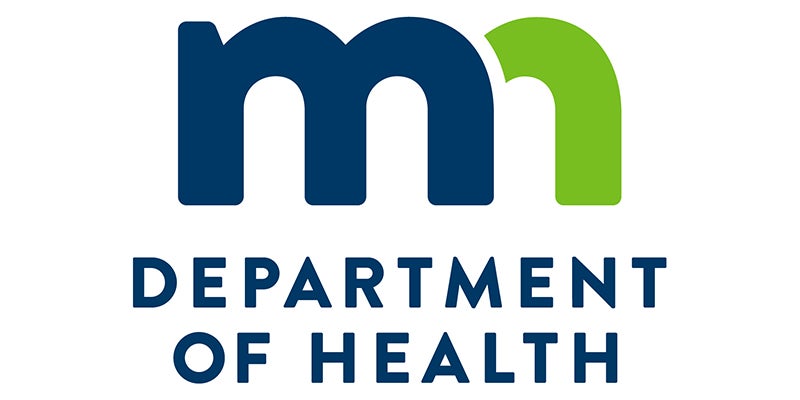Minnesotans with private wells urged to test their drinking water for five common contaminants
Published 5:34 pm Tuesday, March 12, 2024
|
Getting your Trinity Audio player ready...
|
In conjunction with National Groundwater Awareness Week, now in its 25th year, the Minnesota Department of Health (MDH) is reminding Minnesotans who rely on a private household well for their drinking water to test regularly for contaminants. Testing is particularly important if babies or pregnant people will be drinking the water.
More than 4 million Minnesotans rely on groundwater for their drinking water, including 1.1 million who rely on a private well. A recent MDH study found that less than 20% of well users test their drinking water as frequently as MDH recommends.
Public water systems are required to meet federal Safe Drinking Water Act standards, which MDH enforces, but private wells do not have those same protections. If groundwater is or becomes contaminated, it can affect the health of those who drink it. MDH therefore recommends testing private wells regularly and using an accredited laboratory for that testing (Search for Accredited Laboratories).
“You cannot taste, smell or see most contaminants, so testing your private well is the only way to know what’s in your drinking water,” said MDH Water Policy Manager Tannie Eshenaur. “The good news is that there are many ways to address water quality issues.”
The five most common contaminants in Minnesota, and their potential health effects, include:
• Nitrate — Test every year. Porous geology in southeast Minnesota and sandy soils in central Minnesota make these areas of the state especially susceptible to nitrate contamination from fertilizer, manure, wastewater and faulty septic systems. Consuming too much nitrate can cause babies to develop methomoglobinemia (also known as blue baby syndrome), which can be fatal.
• Coliform bacteria — Test every year. Coliform bacteria can indicate that other infectious bacteria, viruses or parasites may be in your water. These may cause diarrhea, vomiting, cramps, nausea, headaches, fever and fatigue.
• Arsenic — Test at least once. Arsenic has been detected in about half of private wells constructed since 2008. Drinking water that contains arsenic can increase your risk of cancer and other serious health effects.
• Lead — Test at least once. Lead from pumps or pipes can damage the brain, kidneys and nervous system. It also can slow development or cause learning, behavior and hearing problems.
• Manganese — Test at least once. Manganese can cause problems with memory, attention and motor skills. It can also cause learning and behavior problems in infants and children.
If testing identifies any contaminants, a variety of treatment options are available to improve water quality, depending on the contaminant(s) to be removed. Solutions can include installing point-of-use or whole-home filters such as reverse osmosis or a water softener, repairing cracks where contaminants are entering the well or potentially even building a new well. A limited number of grants and low-interest loans are available to help offset water treatment costs.
More information about well testing, understanding your test results and treatment options can be found on MDH’s website. More information about the quality of water provided by public water systems is shared annually in each community’s Consumer Confidence Report.





